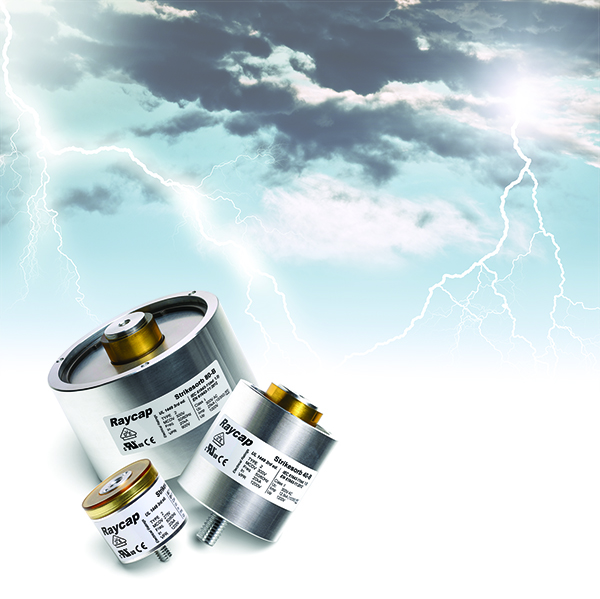Industrial Surge Protection Devices, Systems, and Uses
Industrial surge protection products are technologies, and product solutions used to protect equipment that is being used during industrialized processes. Industrial facilities may be designed and built to function during adverse weather conditions, but ultimately they will need extra protection from extremely harsh weather events such as lightning. The systems that are installed in these locations must go beyond the “hardening” of the materials from which machines are constructed. They must be protected from electrical surge damage that comes as a result of lightning strikes. Lightning produces two distinct types of damage at these facilities, the most obvious are direct strikes, which cause fire, explosions and destruction at the strike point itself. Little material can withstand a direct strike of lightning without being completely destroyed, with the heat itself from lightning able to melt metal. Damage from lightning strikes is as common in remote and exposed industrial locations as it is in populated areas. Lightning takes the path of least resistance, most of the time (but not always) striking the tallest structure or component in a region that is constructed from a conductive material. It will begin its descent from the cloud where it has formed and needs to meet the earth within a short distance horizontally from the point it began. A typical cloud to ground flash comes from the sky but the visible part to the human eye comes actually from the ground. When lightning forms over an industrial facility it will most of the time strike the tallest component or structure within that facility on its way to earth. Preventative measures can be taken in the form of overhead shielding or lightning rods, but these do not provide the entire Lightning Protection System (LPS). The placement of surge protection in various areas along the path is also needed to fully protect the sensitive components in a tall structure such as a building or cell tower from damage. However, in many ways, a direct strike damage is the least of the worries.
As a result of the lightning strike, a massive surge of power is produced at that strike point, and flows outward along any path it can take. In many industrial facilities, the exposed structures and equipment are directly connected by cable lines to sensitive control equipment and devices crucial to the industrial process. These connection pathways are ideal for electricity to flow along, making a perfect pathway from wherever the nearby strike point is to the most critical equipment. Unfortunately, computerized equipment is easily damaged at the circuitry level by electrical overvoltages, since safe operation is only within a specific electrical range. When electricity moves outside that range, the computerized equipment is damaged or destroyed. This is where industrial surge protection comes into play and is crucial to maintaining functionality and conserving operational budgets. Surge protection devices, mounted at junction points along the pathways ensure that the electricity can not move to the next point, thereby protection the downstream equipment. They monitor the levels of electricity for safe ranges, and if the range is breached, they create a gap that cannot be crossed and will divert the electricity away to ground. This protection of the downstream devices can save the industrial facility from thousands of dollars in lost equipment and downtime. Once addressed, undamaged equipment can be restored once safe electrical levels are certain, and the facility can be placed back online. Industrial surge protection is critical to most operations today, and saves millions of dollars in “damage budget” every year that can be allocated to more necessary expenses.

